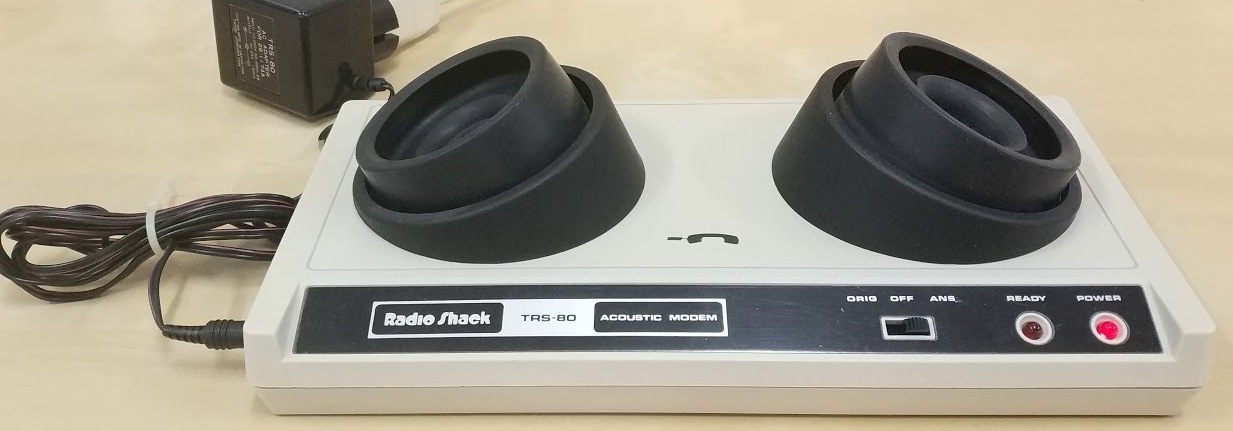
Advent of Z80 - Day 6, 2022

On day 6 the Z80 will need to process a string of input characters, seeking patterns.
JP DAY06The challenge for day 6 is to detect unique characters in a sequence. A simple approach to the problem is to start at the first character in the input sequence and check if the following characters are unique: scan along comparing to the first character, then scan from the second character for characters, and so on up until the character is reached. If any character was not unique, move the starting position up to beyond the non-unique character, and try again. This is a relatively poor algorithm, being quadratic in .
To keep the code simple, I will implement this naive version without any attempts to improve algorithmic performance. is always small, and the puzzle input is also only 4095 characters: around a million comparisons isn’t unreasonable for the z80.
.block
; IN: (HL) the first character in the candidate sequence
; C the required unique sequence length
; OUT: (HL) the first character in a unique subsequence
; ZF set if a NUL byte is encountered
; A overwritten
@UNIQ: push de
push bc
; set the high byte of BC to zero for counters
ld b, 0
ld d, b
ld e, c
dec e
OUTER: push de ; save counter
CHECK: ld c, e
; load the character to test, and check for NUL
ld a, (hl)
or a
jr z, EXIT
inc hl
; compare BC characters to A
cpir
; ZF is set on match
jr z, MATCH
; restore HL - CF clear from OR earlier
sbc hl, de
dec e
jr nz, CHECK
; made it here - found a subsequence
inc hl ; point to last char
or a ; clear ZF, CF
jr EXIT
; restart scanning from new (HL)
MATCH: sbc hl, de
add hl, bc
pop de
jr OUTER
EXIT: pop bc ; discard saved DE
pop bc
pop de
ret
.endblockI can verify this by running it against a handful of test inputs.
.block
ld sp, $8000
ld ix, tests
TEST: ld l, (ix+0)
ld h, (ix+1)
ld a, l
or h
jr z, FIN
ld d, h
ld e, l
ld c, 4
call UNIQ
or a
sbc hl, de
ex de, hl
call PRINT16
ld a, '\n'
out (1), a
inc ix
inc ix
jr TEST
FIN: halt
tests: dw test1
dw test2
dw test3
dw test4
dw test5
dw 0
test1: db 'mjqjpqmgbljsphdztnvjfqwrcgsmlb', 0
test2: db 'bvwbjplbgvbhsrlpgdmjqwftvncz', 0
test3: db 'nppdvjthqldpwncqszvftbrmjlhg', 0
test4: db 'nznrnfrfntjfmvfwmzdfjlvtqnbhcprsg', 0
test5: db 'zcfzfwzzqfrljwzlrfnpqdbhtmscgvjw', 0
.endblockThis is now all that’s required to solve the day’s challenge:
DAY06: ld sp, $8000
ld hl, INPUT
ld c, 4
call UNIQ
or a
ld de, INPUT
sbc hl, de
ex de, hl
call PRINT16
ld a, '\n'
out (1), a
ld hl, INPUT
ld c, 14
call UNIQ
or a
ld de, INPUT
sbc hl, de
ex de, hl
call PRINT16
ld a, '\n'
out (1), a
halt
.include "print16.z80"
INPUT:
.include "day06-input.z80"Look at that, just shy of a million cycles; two runs across an input of length 4095, the first time looking for a sequence of length 4 and the second for a sequence of length 14, for something approximating executions of cpir - and a bunch of supporting instructions around that executing in something more like linear time. One might think that cpir and friends aren’t all that great, since the CPU re-fetches the instruction every time it executes it, but avoiding the additional fetch and execute of looping constructs is not insignificant, not to mention the potential savings for machines with little ROM or RAM space to work with.
Today’s solution isn’t optimised, neither algorithmically nor with any particular effort to make the assembly tight, but it’s remarkably simple. At this point in the Advent’s challenges algorithmically naive solutions still run in negligible timeframes, but for later puzzles it’s likely that the Z80 browser emulator will run out of time or space trying to solve puzzles naively. Until then, though, simple is good.
The series
Day 1 | Day 2 | Day 3 | Day 4 | Day 5 | Day 6 | Day 7 | Day 8 | Day 9 | Day 10 | Day 11 | Day 12 | Day 13 | Day 14 | Day 15 | Day 16 | Day 17 | Day 18 | Day 19 | Day 20 | Day 21 | Day 22 | Day 23 | Day 24 | Day 25 |